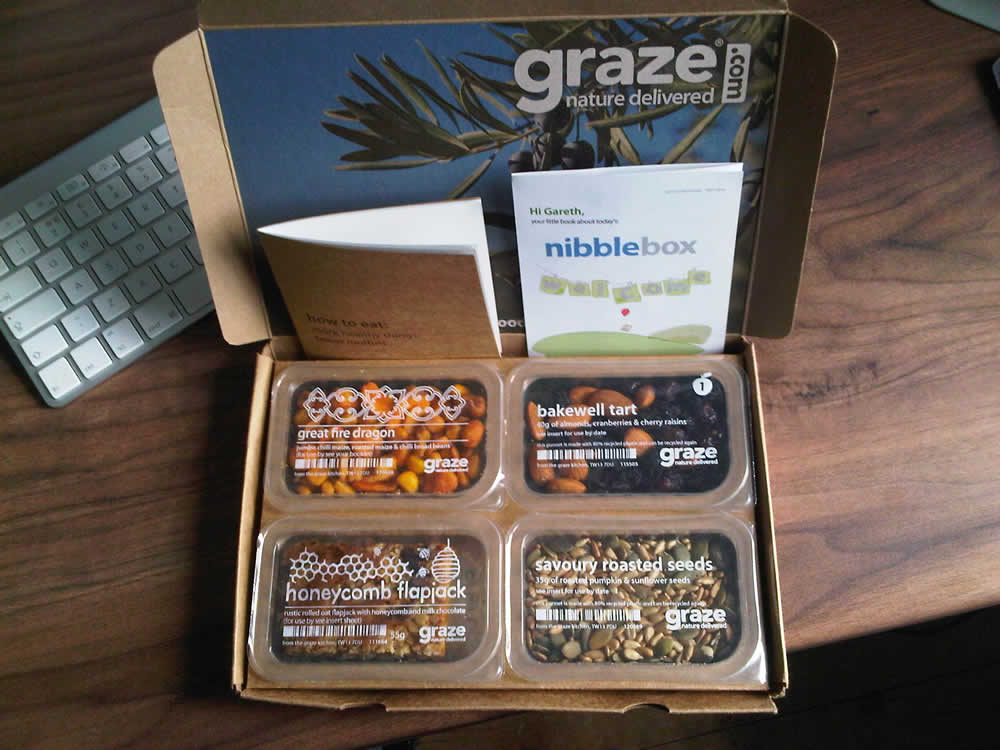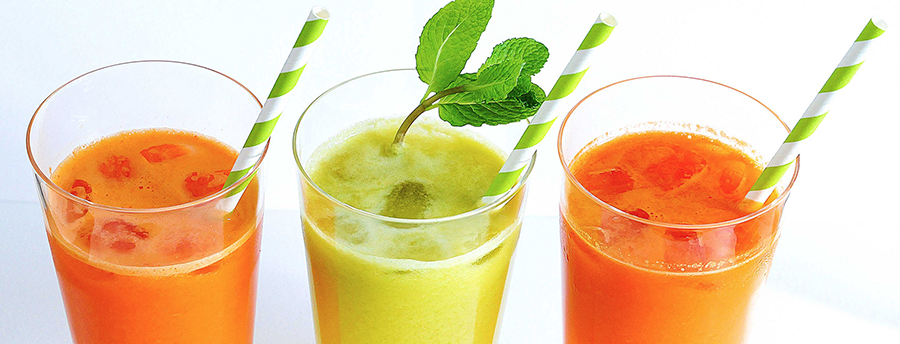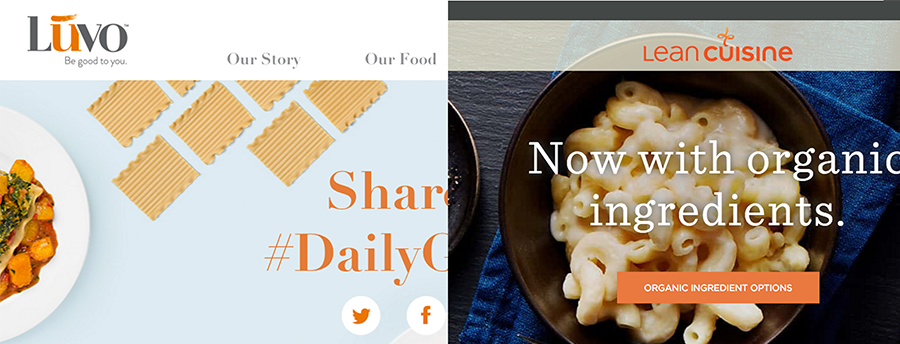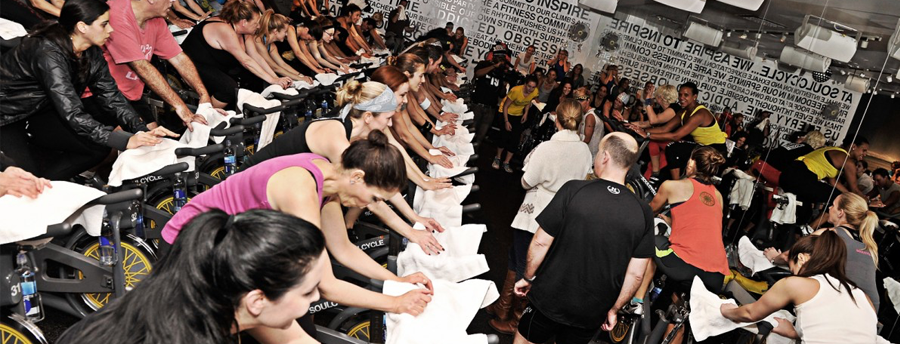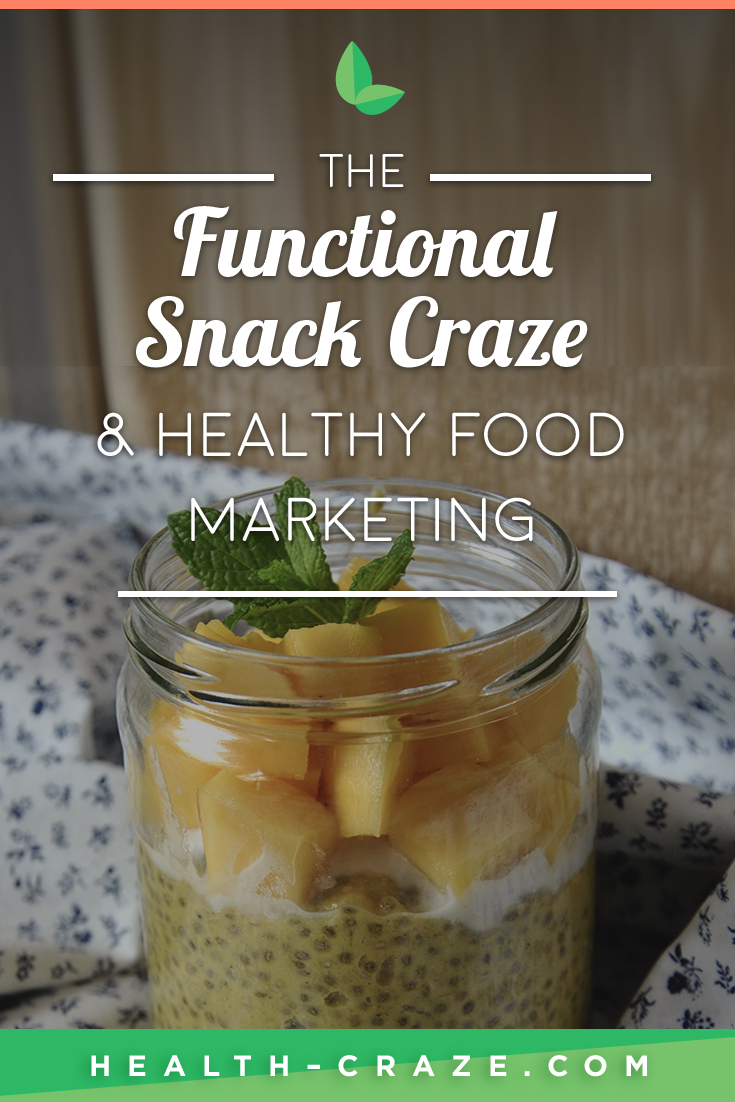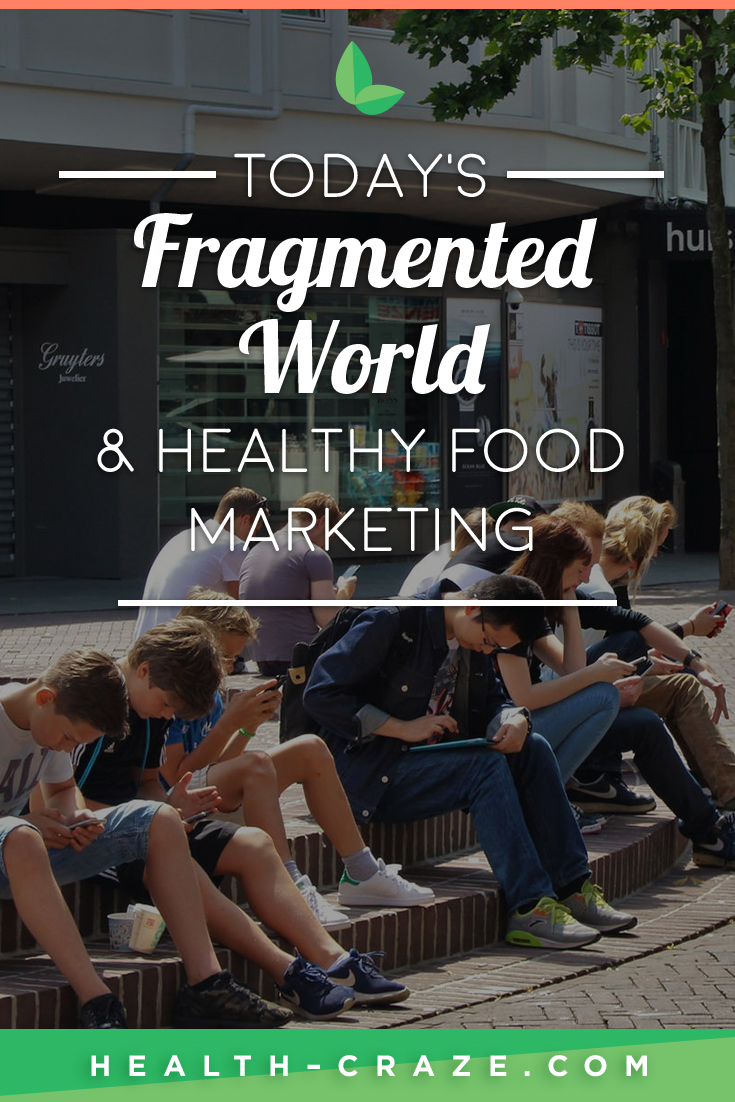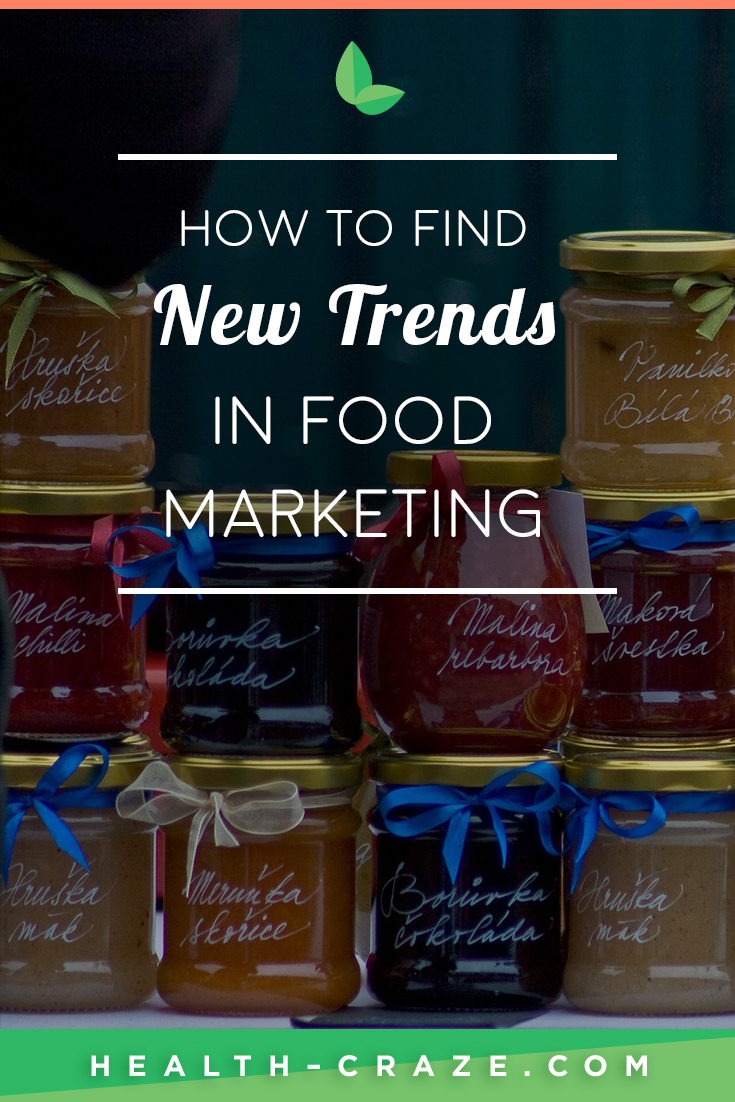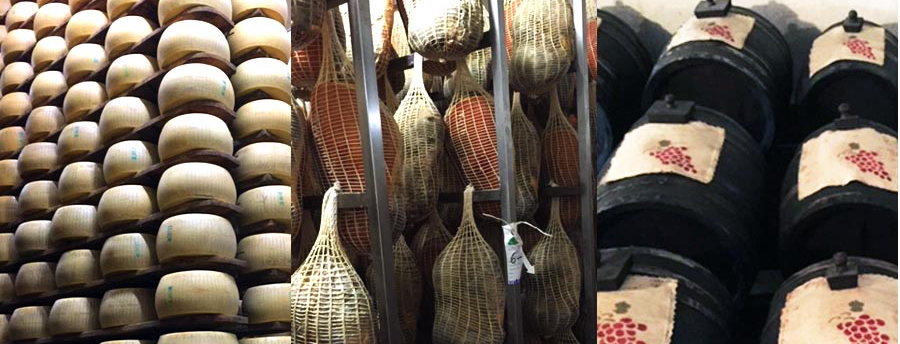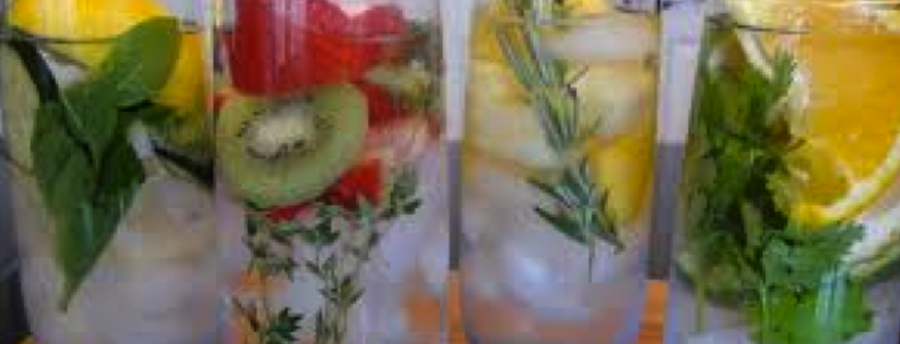Our obsession with healthy, natural foods has consumers asking all the right questions. Where exactly does it come from? What exactly is in it? And for the right answers, food brands marketing healthy food need only to look to the country that’s mastered it.
I just returned from a trip to Italy, three days of which were spent in Bologna, Italy’s self-proclaimed food mecca. One thing I can say with absolute certainty-The Italians really know how to get people excited about food. And they are not just selling taste.
On my favorite day of the trip, I had the pleasure of going on a “foodie tour” with a company called Italian Days Food Experience, with a tour guide like no other. Alessandro Martini is passionate about the food of Italy. And his passion was contagious. He gave 18 of us an incredible lesson on passion and respect for food.
We started the day at 7am at a factory where they make Parmegiano Reggiano. The workers (I would call them artisans) go through the same precise process every single morning, seven days a week and mostly by hand, to make what many (including me), call the King of Cheese. It is more of an art form than a process and has to be done exactly right, so that each wheel of cheese passes a rigorous inspection and can earn the certification DOP, Denominazione d’ Origine Protetta, (or to us protected designation of origin). And if it doesn’t pass it doesn’t get a stamp on the rind and it is marked so consumers always know exactly what they are getting.
Second stop was a prosciutto factory. Again, the most incredible love, care and respect for the food. Alessandro says the most delicious prosciutto comes from happy pigs that are treated well and given room to roam in the countryside of Italy. I’m mostly a vegetarian, but last week, I indulged. And it was worth it. I think he is right about the happy pigs.
Last stop, a little tiny house in Modena where a family makes balsamic vinegar. It takes 12 years of transferring little bits of vinegar from barrel to barrel, by hand to get it exactly right. Twelve years for one batch! That’s love and respect on a whole other level. And one tiny spoonful was all it took to understand why it matters.
The end of the tour was at an Italian farmhouse where 18 strangers lingered for two hours over homemade pasta (rolled right there), vegetables and wine (also made right there). One of the most striking things about the day was that all of the people had so much pride and passion around what they were making. And As Alessandro promised, we all felt like family at the end of the day. It’s hard to imagine that having happened over boxed macaroni and cheese. Marketing healthy food deserves that level of dedication.
Happily, American brands are catching up when it comes to good-for-you food. What I believe could really make them stand out is a little passion.
Follow my ideas on marketing healthy food on my twitter.

